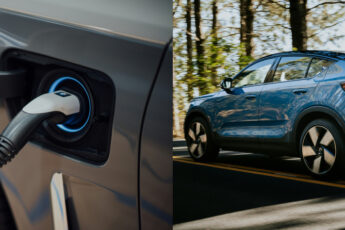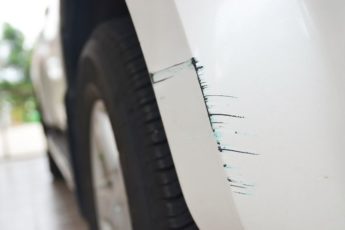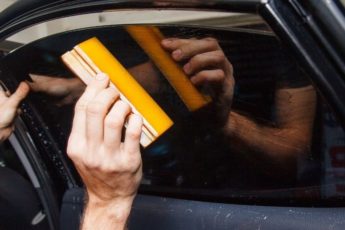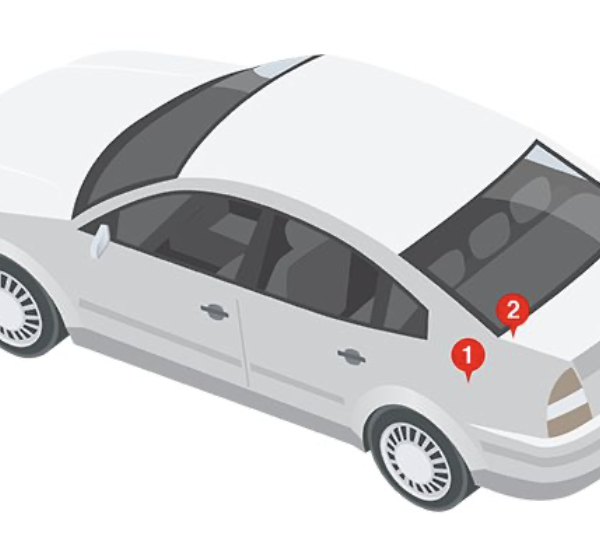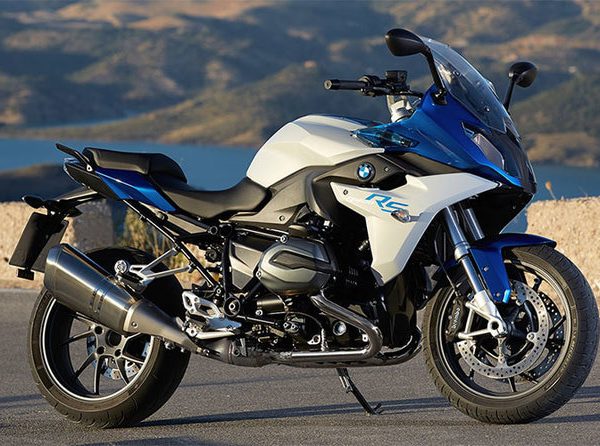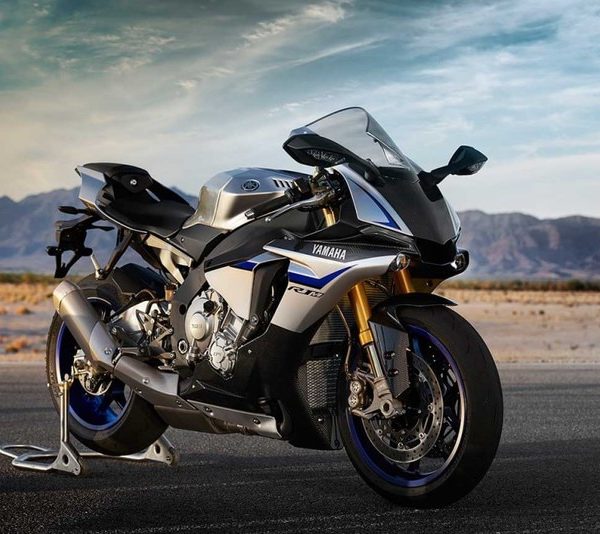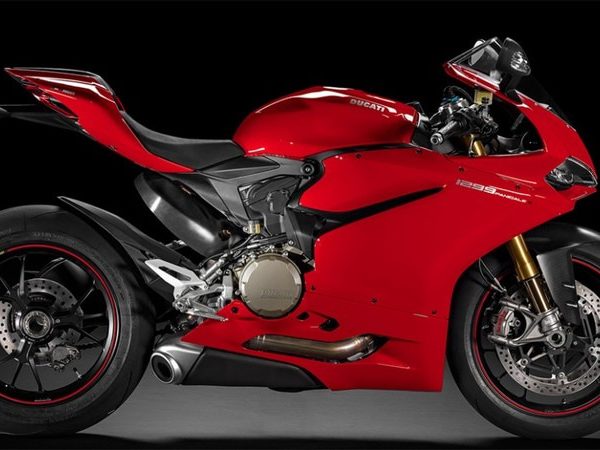The TouchUpDirect Mailbag
We’ve finally sorted out the TouchUpDirect mailbag and it turns out that our customers have some good questions for us (some of you also have bad questions for us. We don’t think painting your name on your wife’s car in Mojito Lime is going to make her take you back, Roy). Anyway, we’re delving into some of the most interesting and informative questions that our drivers have posed.
What’s the Difference Between Wax and Grease Remover Wipe, Microfiber Cloth, and Tack Cloth?
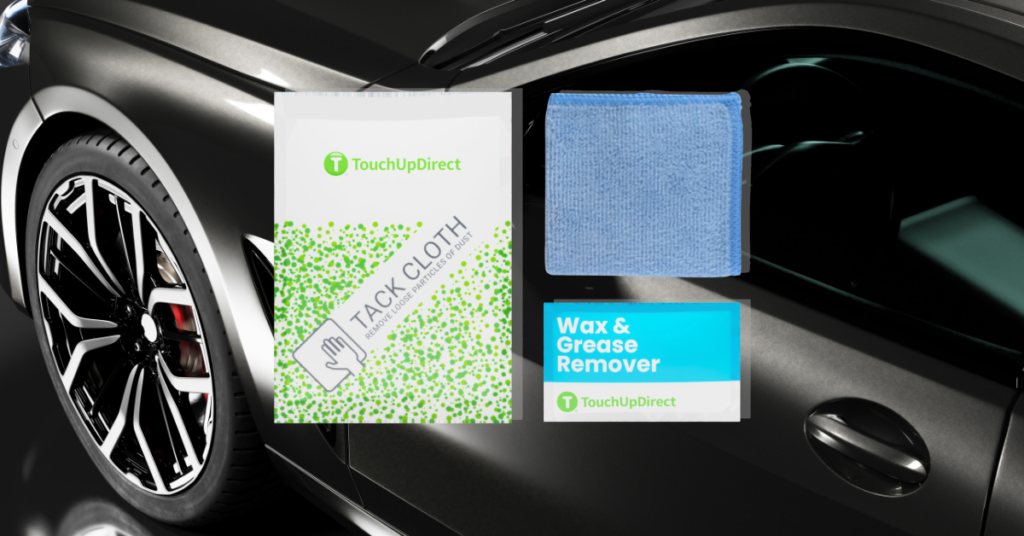
Ok. A little context for this question. TouchUpDirect sells three different kinds of cloth or towelettes to wipe down the surface of your car with. Each is designed for specific purposes and we’re going to talk a little bit about each one to give a little bit of clarity.
Tack Cloth
A tack cloth is named for the fact that it is tacky (meaning that it is sticky not that it’s tasteless or gaudy). TouchUpDirect tack cloth is designed to have the exact right amount of tack to grab dust and contaminants before you begin your paint journey. It is just sticky enough that it will grab dust that you can’t even see. Make sure to gently brush the tack cloth over the target area instead of wiping in between coats. We recommend using the tack cloth for bigger projects that use Aerosol or Professional Sizes. This is a single-use item.
Wax & Grease Remover Wipe
The Wax & Grease Remover Wipe is used to make sure that the surface of your vehicle is completely clean. You should always wash your car with soap and water before a touch up, but there are some waxes that will not come off in a washing. This is where the Wax & Grease Remover Wipe comes in. This wipe will remove the additional road grime, grease, and wax that a soapy wash cannot get. Make sure to only wipe in one direction when using this wipe so you don’t accidentally wipe the grease back onto your paint job. This is a single-use item.
Microfiber Cloth
The Microfiber Cloth is a versatile little fabric. It has hundreds of uses and is a great utility tool to have around for touch ups. It can do everything from a pre or post paint wipedown to applying a polishing compound to your paint job. This is a multi-use item so when you’re done with one job, just throw it in the wash so it’ll be ready for the next!
What Car Color Shows Dirt The Least?
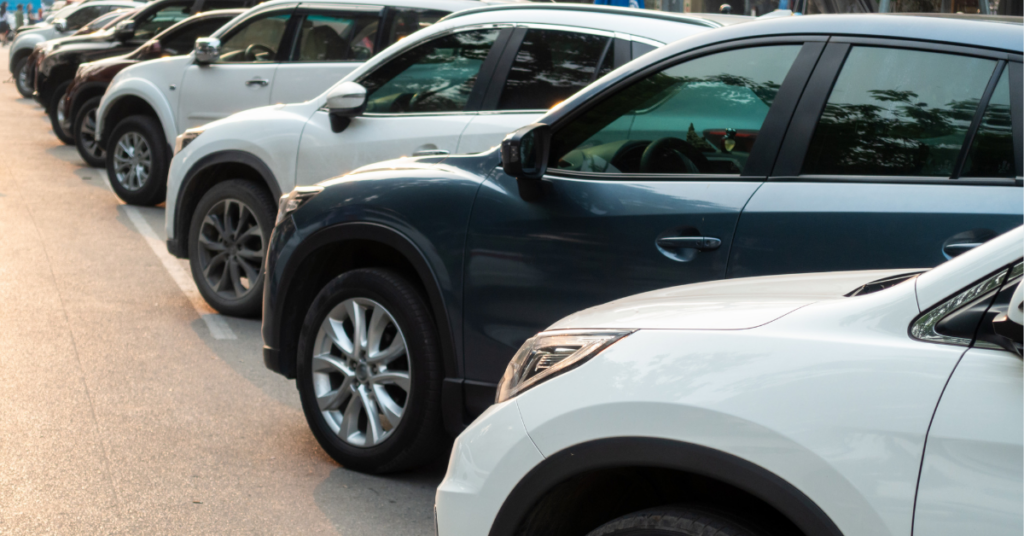
While it feels like it should be the opposite, lighter and neutral colors are actually best in this area. White colors hide scratches and grime best but you would also be in good hands with gray, silver, beige, champagne, and the lighter blues and greens. What do these colors have in common? These colors reflect more, allowing the dirt that’s accumulated a level of camouflage not afforded to darker colors.
Does a Squeegee Scratch Car Paint?
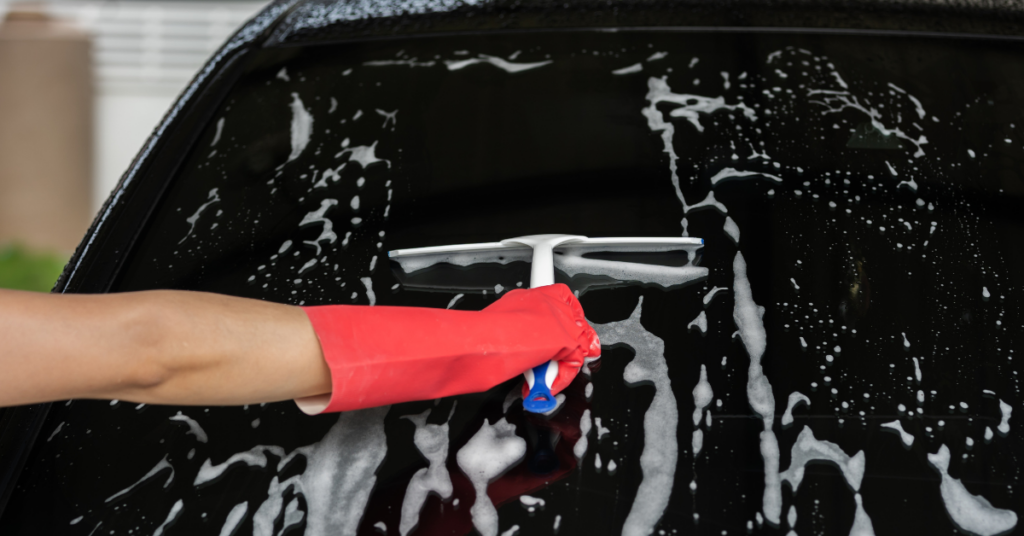
Yes.
Can you still use a squeegee to wash your car?
We wouldn’t recommend it.
Here’s the thing about cleaning your car: A lot of these cleaning devices also pick up abrasive elements like dirt, rocks, or other tiny debris. They get caught in the sponges and bristles in a previous wash and you don’t realize what’s happened until you’ve scratched your car with a squeegee.
Car Washing Tips
First, make sure that you clean your cleaning tools before you start a new wash. We would suggest using a microfiber cloth or a wash mitt but if you’re dead set on the squeegee, might we suggest that you use it to clean your windows? For the actual paint job cleaning, we recommend a bucket system for washing your car.
- Fill Bucket #1 with water and soap. What’s in this bucket will be what you use to clean your car.
- Fill Bucket #2 with water. We’re going to use bucket #2 to clean your cleaning tools every so often
- Fill Bucket #3 with water and cleaning solution. This third bucket is just if you want to clean your wheels. You don’t have to but that third bucket is always there if you change your mind!
If your cleaning tool hits the ground at any point, wash it thoroughly. Don’t forget that you could be rubbing abrasives into your paint job.
What substances ruin car paint?
Ruin is a strong word. There are definitely substances with corrosive qualities that harm your paint job. The damage usually comes when the substance is not washed off the vehicle. Make sure to do regular checks of your paint job to make sure that your paint job hasn’t been compromised. If you notice these issues, do a thorough cleaning with soap and water. Modern Clearcoat is treated to protect your paint job from many substances but they can still do some damage. These include:
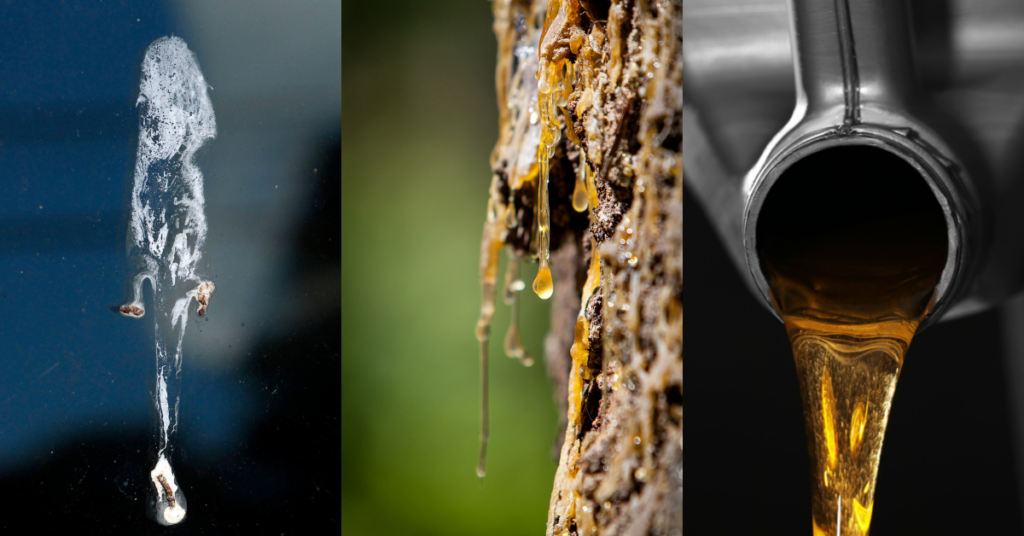
- Bird poop – The acidic qualities of bird droppings eat away at the Clearcoat and paint.
- Tree sap – This substance is also acidic and can be corrosive to your paint job if left on your car.
- Different types of fuel – If left on your vehicle’s coat for too long, fuel can cause discoloration and deterioration.
- Road salt – Road salt can create corrosion and paint bubbling. Try regular winter washes to keep your car’s coat pristine.
Does Extreme Hot Weather Damage the Paint Job on a Car?
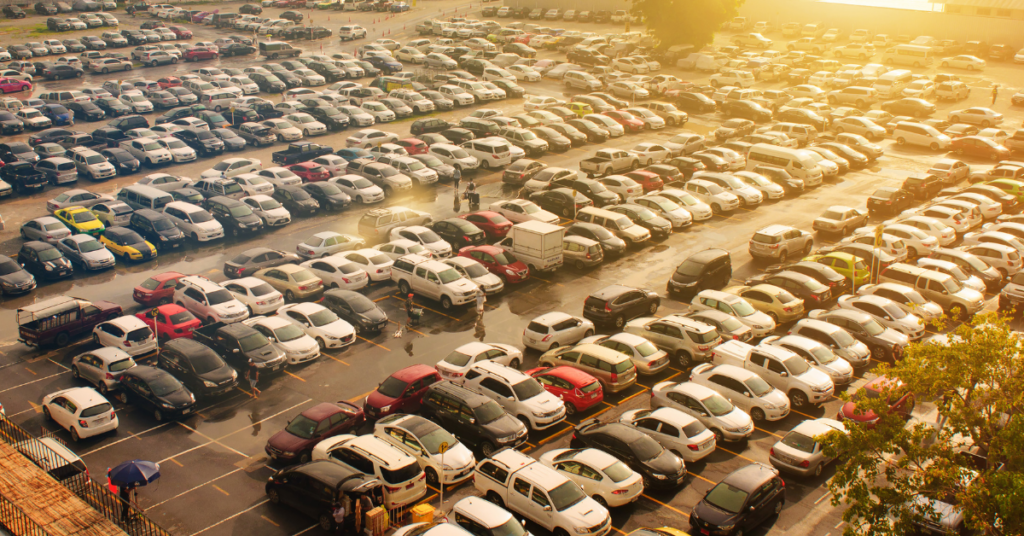
Yes. It’s entirely possible for intense summer weather to do some damage to your paint. Our problems are twofold. First, it is likely that your car will be out in the sun during all this hot weather. UV rays can create dullness, roughness, and flakiness thanks to oxidation and pigment deterioration.That’s where our old friend Clearcoat comes back to help once again! Clearcoat was designed to offer protection when it comes to UV rays but if you keep it out in the sun for too long, the Clearcoat will start to wear down. We would suggest parking your vehicle in a shaded area or investing in a car cover.
The second, and more obvious issue, is that hot weather is hot. High temperatures are a risk to your paint and the Clearcoat protecting it. Intense heat can soften and warp your paint job leaving it much more vulnerable to scratches. Much like the sun damage, it can also make your car’s color much less vibrant.

 Cart
Cart
 Help Desk
Help Desk
